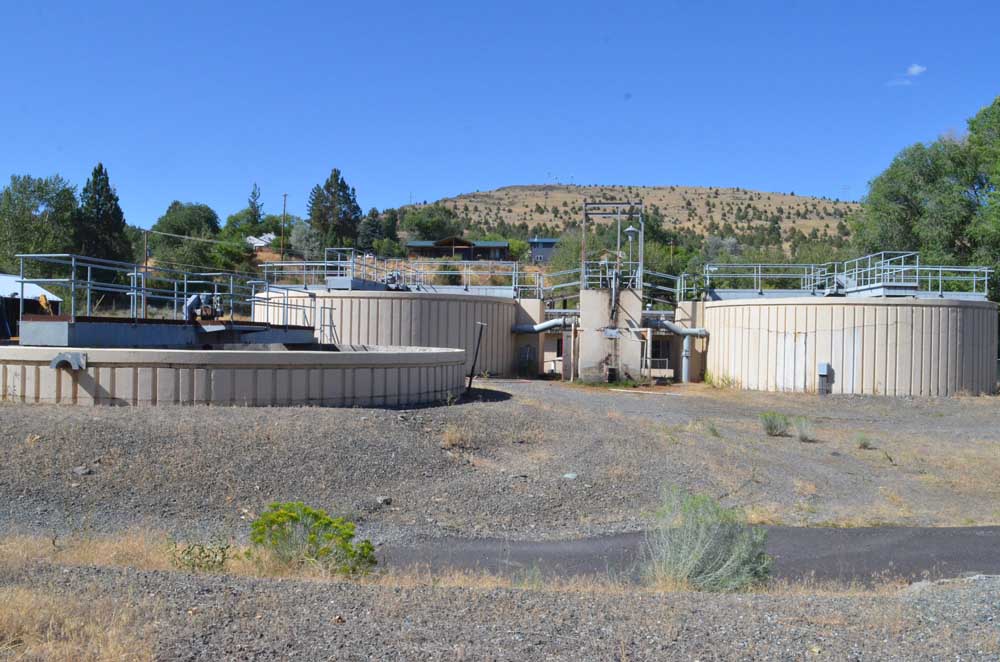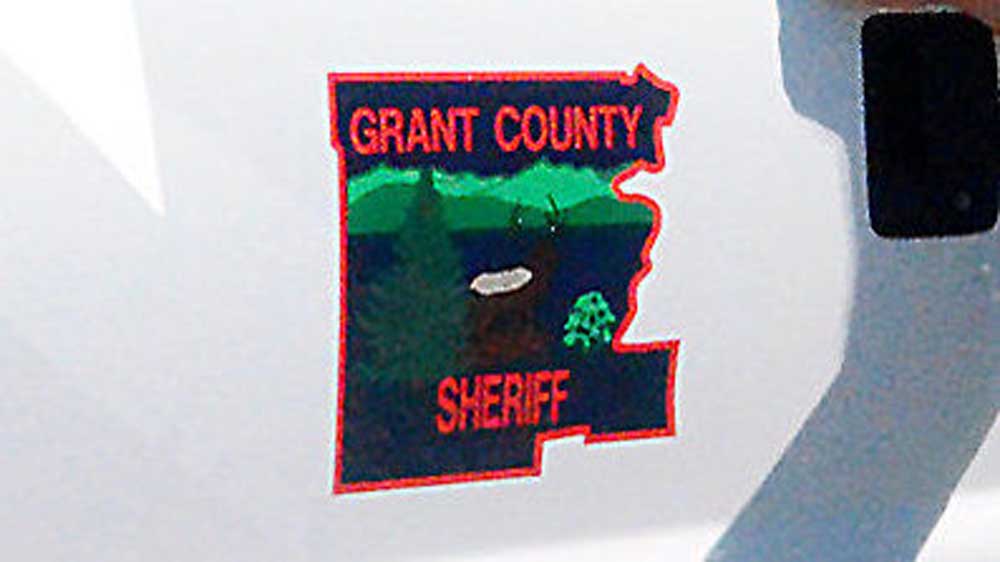Questions remain as John Day wastewater treatment plant inches forward
Published 9:15 am Tuesday, November 21, 2023

- The John Day wastewater treatment plant on Aug. 15, 2019.
JOHN DAY — John Day’s long awaited wastewater treatment plant has made some headway in addressing environmental concerns associated with its construction, but questions remain about the project’s rising costs and what that would mean for residents.
Trending
At the Nov. 14 meeting of the John Day City Council, city grant manager Nick Ducote said a biological assessment outlining the project’s environmental impact has been submitted for review by the National Marine Fisheries Service and U.S Fish and Wildlife Service. The assessment was received on Oct. 26, and a biological opinion on the project should be issued to the city at the end of February.
Ducote said he was toldd by officials with the National Marine Fisheries Service that the city should be eligible for a streamlined process that fast-tracks the review.
“Because of all the work that’s been done on the front end, they thought it would fit under what’s called an expedited review,” he said.
Trending
“We have endangered salmon, steelhead and bull trout in the John Day River,” Council President Dave Holland said. “There again, not our fault, but that’s what we have to deal with. Because of that, we’re under a lot stricter guidelines than other places are.”
Ducote said the expedited process could cut a month off the review time.
“It’s really the beginning of the actual project now,” he said.
Costs continue to rise
While the environmental regulatory issues are being cleared up, questions about the project’s total cost and what that would mean for John Day and Canyon City residents, who would both be served by the new treatment plant, were also discussed. Canyon City Mayor Steve Fischer said cost estimates he heard at the start of the project years ago differ substantially from more recent projections.
“Back a few years ago, the initial cost of the plant, just the materials, was $4.5 million, and all-in was like $10 million 6 — something like that,” he said. “Now the last numbers I heard are around $20 million.”
Fischer said Canyon City began looking into constructing its own lagoon-style wastewater treatment plant a couple years ago in the event the John Day project stalls or isn’t built.
“It only takes a Class I wastewater treatment certificate to operate it — you look at it once a day and you’re good,” he said. “This other thing, holy smokes.”
Holland said the city looked into a cheaper “lagoon” system for a new wastewater treatment plant, but that option was taken off the table after the owners of the only property the state Department of Environmental Quality would consider as a site for the new plant backed out of the deal.
“Basically, our lagoon option went away,” Holland said.
“We don’t have any choice but to have a high-class plant in order to meet the standards DEQ and the EPA are putting on us.”
Fischer also took issue with the estimated cost of more than $800,000 a year to run the proposed treatment plant. When seeking clarification about those numbers, Fischer said he was given the cold shoulder.
“I wanted to see those numbers (but I) didn’t get shown where they pulled those numbers from,” he said. “It looks to me like part of those costs that were raised had to do with taking care of the greenhouses.”
Fischer said the Canyon City Council isn’t going to agree to anything until they see where the costs are coming from.
“I am with them on that,” he said.
What will residents pay?
Concern was also expressed about how high sewer rates might go for John Day and Canyon City residents following the construction of the new treatment plant. Holland said that will depend in large part on how much grant funding is secured to offset the plant’s final construction costs.
“What that bottom dollar ends up coming out (to) for Canyon City and for John Day, we don’t know yet,” Holland said.
“If we end up with basically the $12 million loan/grant combination from USDA Rural (Development) to build the treatment plant, our rates are looking at potentially going up to the 85, maybe 90 dollar-a-month rate just for sewer,” he added.
“We all realize that our residents can’t really afford that.”
The new wastewater treatment plant has to be built, Holland said, but steps must be taken to keep sewer rates from going through the roof.
“We pretty much have to move forward, and then we have to try and find as we move forward … additional funding so our residents and Canyon City residents aren’t burdened with such a high cost,” Holland said.
“That hasn’t happened yet — it’s something the public needs to be aware of, that it is a potential.”
Fischer said Canyon City residents already pay around $100 a month for water and sewer services due to an ongoing project to clean up contaminated drinking water following the Canyon Creek Fire in 2015.
“We have to raise our water rates to prove that we can make the payments on the loan for the new water facility,” Fischer said.
“We aren’t going to renew anything, we aren’t going to sign any more contracts (for the wastewater treatment plant) until we have a solid how and why,” he said. “You know, are we still paying for greenhouses? So that’s kind of where we’re at.”








